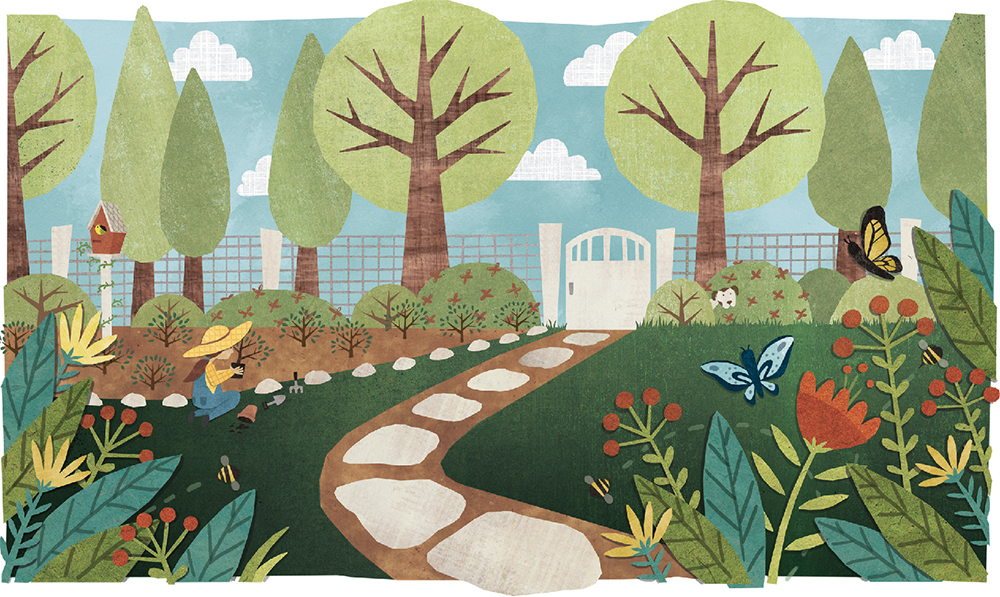Home & Living
Flora First Aid
When battling bugs and plant disease, take a holistic approach.
From root rot and powdery mildew to scale and spider mites, Alexa Smarr has seen it all. But the horticulture agent associate for the Baltimore County office of the University of Maryland Extension says pest eradication shouldn’t start with a chemical spray, but with an understanding of “the disease triangle.”
“We tend to want to attack the pest without taking into consideration other factors,” says Smarr.
Here’s the triangle: For a plant to be unhealthy, there must be a susceptible host, a pathogen, and an environment conducive to disease. If azaleas need some TLC because of overcrowding and mildew caused by too much shade, for example, spraying for the mildew is just a Band-Aid.
“If you have foliar fungus, you can treat it,” she says, “but if it’s caused by environmental conditions like poor air circulation, or the plant is susceptible to our summer humidity, you need to alter the conditions or consider planting a resistant plant.”
Her solution? Improve garden health through prevention: Remove high-maintenance plants that often require spraying in favor of those suited to our climate and the site; leave spent flower heads such as black-eyed Susans that will be enjoyed by insect-consuming birds and dead leaves that can be a habitat for natural pest predators.
If you need pest management, Smarr suggests horticultural soaps and oils that work on contact with insects. “Neem oil is common and effective, and it comes from the neem trees, so I would consider it natural,” says Smarr. “But it’s important to remember that there is no standard for the term ‘natural,’ so just because something is ‘all natural’ doesn’t mean there are no synthetic carriers or inert ingredients.” (If you’re a zealot, opt for products labeled “organic.”)
Don’t feel like an ogre, however, if you do use chemicals: Just use them as a last resort, as part of an integrated approach to care, and follow the label instructions.
Fixated on being totally “green?” Then learning to live with imperfection while nature runs its course will be a tough but important lesson. For example, when you soap-off larvae, you could just as easily be getting rid of something beneficial, such as ladybug larvae, as something harmful.
“We need to learn to tolerate some damage,” Smarr advises. “Remember that you can’t have butterflies without caterpillars that chew your leaves.”
